Lysistrata as a Comedy
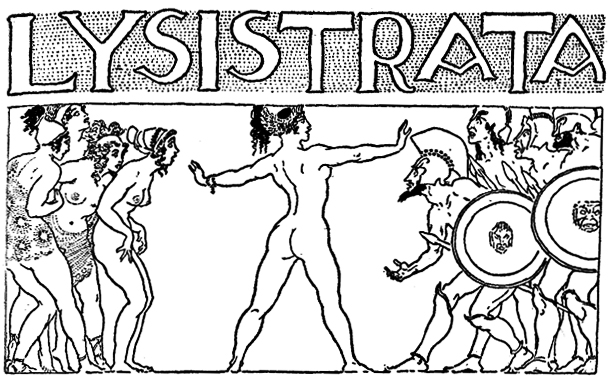
One of the things that I love about Twitter is that if you are prudent about who you follow, you can find some of the most remarkable information about history, archaeology, literature, and other complex topics, often posted pseudonymously.
Case in point, this thread on Lysistrata by Aristophanes Skinner Box. It is an excellent analysis of something that is part of the mental furniture of many educated Westerners, but not often appreciated for what it really is. One of the commenters down thread pointed out that many modern productions try to make Lysistrata a drama, when it is in fact a comedy. You are supposed to laugh, but a comedy is about more than that.
Anagnorisis, or recognition of a newborn society rising in triumph around a still somewhat mysterious hero and his bride, is the archetypal theme of comedy.
But, I also think our society no longer knows what the ancient mythoi of comedy is, and doesn’t know how to respond in any other fashion than either dead seriousness or absurdity.
Take this short animation by Richard Williams, the animator behind Roger Rabbit, that focuses on a young girl’s horrified reaction to violent death:
I don’t want to criticize Williams artistic choice per se, as you can be inspired by a piece of art to go in entirely different ways than the original intent, but what I do want to highlight is that I don’t think the average college graduate in the United States would ever think to themselves, “that was a well done animation but it is a pretty big departure from the core theme of Lysistrata, which is let’s bring the men home and make babies”.
Serious people would instead nod seriously about the horrors of war and simply never think about the divine magic of how society is created and sustained by men and women becoming one flesh. This may be because our society is in the grips of an extreme reaction against marriage and family:
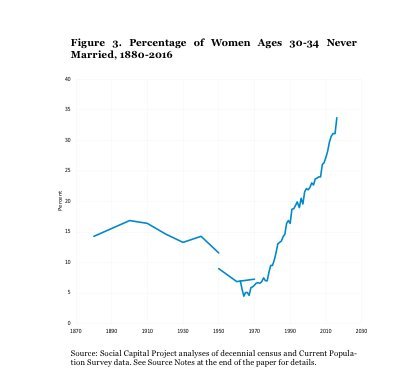
There are a lot of social trends combined in that hockey stick graph, and so far as I know, the trend has not changed in the five years since this particular report came out. It should shock you that something like forty percent of women are not married by the end of normal fertility, but by and large we aren’t capable of seeing this thing right now. Sure, some of that is offset by long-term cohabitation that is anthropologically equivalent to marriage, but oversight of demographics, of which state recognition of marriage is a part, is a pre-constitutional power of government. In order to function as a state in the long term, this is just something governments have to do.
One of the things going on is a reaction to historical overemphasis on marriage and family that peaked in the 1950s. In Tim Powers’ masterful time travel novel The Anubis Gates, a sorcerer summoned fire demons that caused the Great Fire of 1666, and then the abnormally cold weather of the Little Age that froze the Thames was an equal and opposite Newtonian reaction of nature to this outside force.
However, you should be able to clearly see what is going on is not an equal and opposite reaction, but several things combining constructively to go far beyond the previous steady state. It isn’t yet clear whether this is in fact part of the Second Religiousness that Spengler predicted would come as a given civilization exhausted its creativity, or just a reflection of the chaos that precedes the collapse into the Universal State.
But in the meanwhile, why not think some more of Lysistrata and what it really means for us?
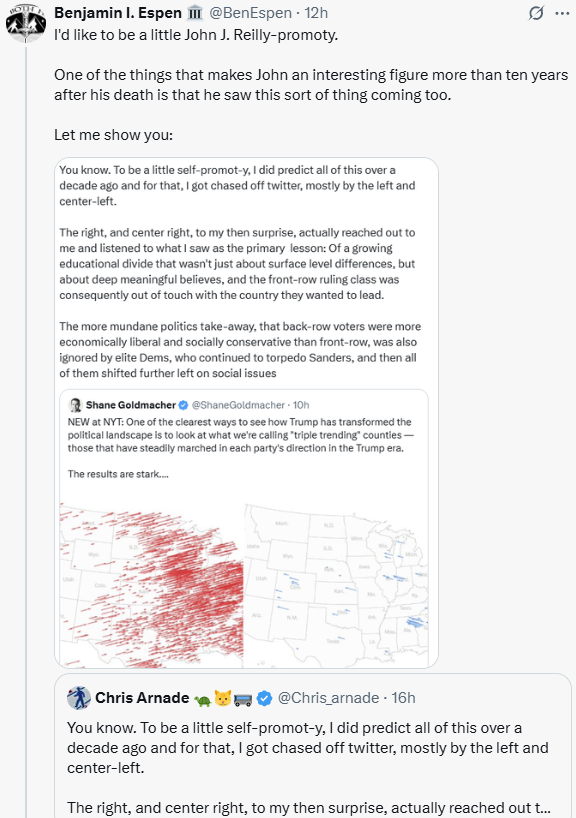
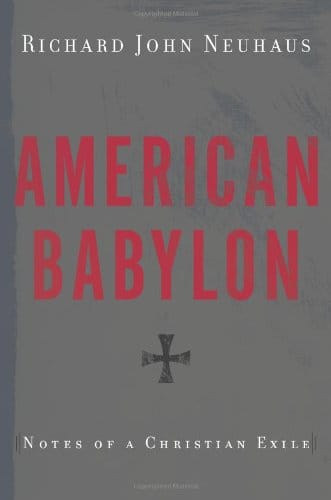
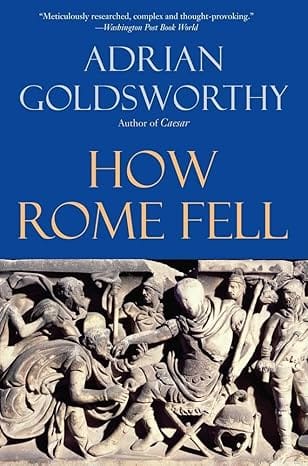
Comments ()